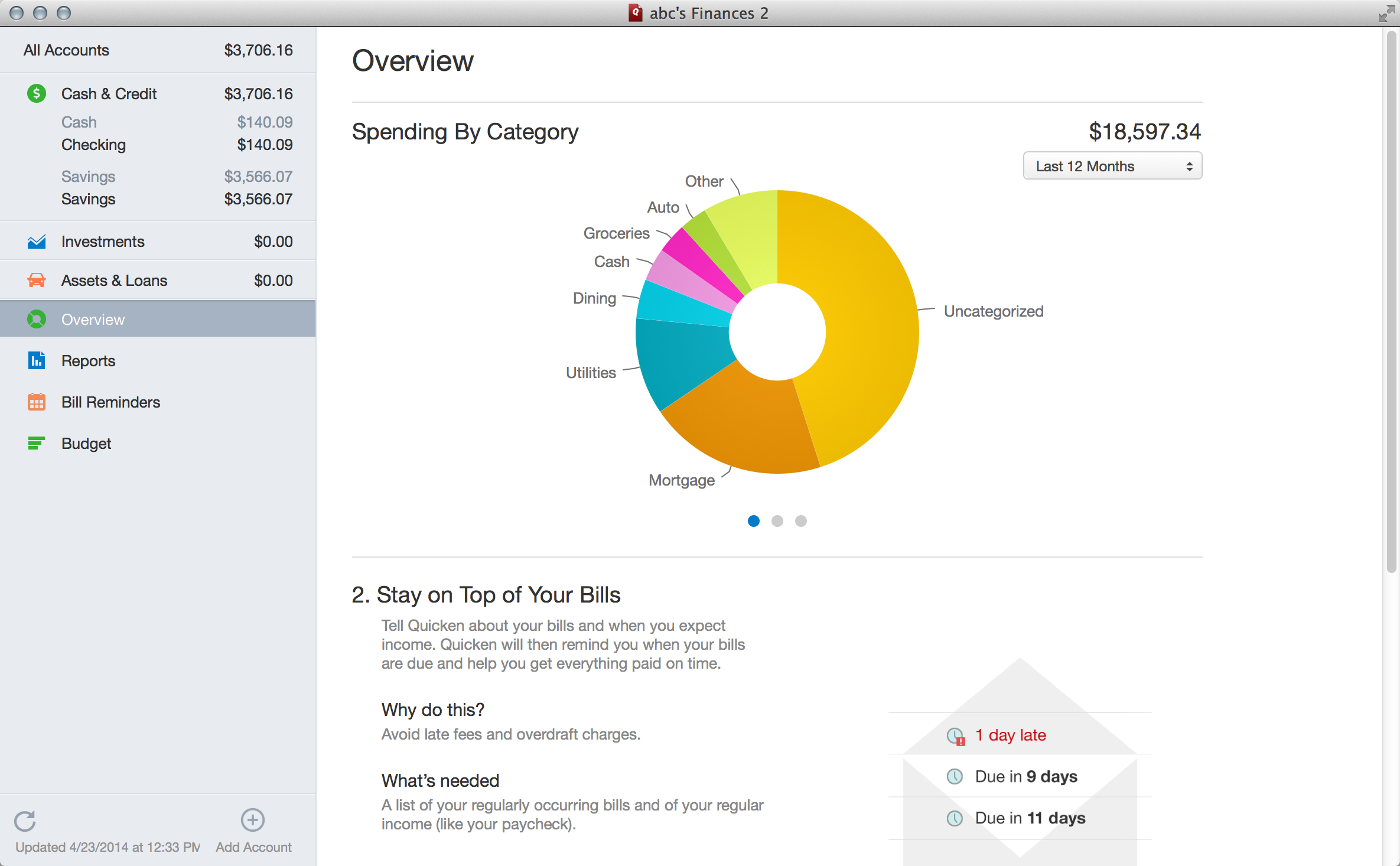

- #Convert quickbooks for windows to mac software#
- #Convert quickbooks for windows to mac download#
- #Convert quickbooks for windows to mac mac#
To import a QBO file, select 'File' - 'Import' - 'From Web Connect', select created QBO file.Īnd select an existing account to import transactions. Check there is no blue ball after the change.

Then click the 'Online Settings' and select 'Not enabled' and click 'Save'. You need to disconnect first to import a QBO file. If it has a blue ball icon it means the account is online linked to direct download. Before importing a QBO file make sure that the account you need to import into doesn’t have a blue ball icon. Now the QBO file is created, let's switch to Quickbooks and import created QBO file. Keep the default value if your bank is not listed (3000-Wells Fargo or any allowed bank). You can try to locate your bank, make sure a bank you choose supports the account type you are converting for. The INTU.BID value defines the bank label shown during import. You have to set INTU.BID number to match your bank or use a default value.
#Convert quickbooks for windows to mac software#
You can also set Balance, Bank ID, Branch ID if your accounting software requires it. Use the 'Change amount sign' button once per file to revert the sign of amounts. IMPORTANT: CSV2QBO is now replaced with the Transactions app, which converts from more formats and converts to more formats. Start CSV2QBO and select the CSV or Excel file.
#Convert quickbooks for windows to mac download#
Download it from the CSV2QBO download page. Make sure you are using the latest version of CSV2QBO. The rename rule creation dialog will show up after to use for the next time. Once Vendor Records and Account are set, you can add transactions to the register. When you choose a Vendor Record, for the Payee from the QBO file, QuickBooks will remember your choice for the next QBO import. 'Downloaded as' column shows Payee names from the QBO file.Īnd the 'Payee' column is empty. Assign Vendor Records and expense/income accounts before adding transactions to the register. Then click the 'Continue' button.Ĭlick on the 'Transaction List' to review transactions. Check bank label, Account Type, Account number to select the correct Account in Quickbooks. To import a QBO file, select 'File' - 'Utilities' - 'Import' - 'Web Connect Files', select created QBO file.Īnd select an existing account to import transactions. After disconnecting the account from online services, you can import a QBO file. Check there is no yellow icon after the change. Then click on the 'Bank Feed Settings' and 'Deactivate All Online Services' first if needed. To disconnect, right-click - 'Edit Account'. Click 'Lists' - 'Charts of Accounts'.īecause if you have the icon, it means the account is online linked to direct download. Before importing a QBO file make sure that the account you need to import into doesn’t have the yellow strike icon.

You can also set End balance, Bank ID, Branch ID if your accounting software requires it.Ĭlick the 'Convert' button to create a QBO file. CSV2IIF converts to IIF format instead of the QBO format. If you have non-USD, you have to use another converter, for example, the CSV2IIF converter, which does not have currency and you can import for the non-USD account. And for the UK edition, GBP currency must be set. For the Canadian edition, you can use USD and CAD. For multiple accounts, use a different Account ID for each account.Ĭurrency should be USD even for non-USD accounts for Quickbooks US edition. Account ID must be all digits for Quickbooks. Set the Account ID (number) and the Account Type. Set INTU.BID number to match your bank or use a default value. Review transactions before converting, check that dates are correct, have the correct year, expenses are negative and payments to the account are positive.Ĭlick the 'Charges/Withdrawals' are positive if expenses are positive on the CSV file. Start CSV2QBO and select a CSV or Excel file.
#Convert quickbooks for windows to mac mac#
Follow the steps below for the Windows version, followed by the Mac version.


 0 kommentar(er)
0 kommentar(er)
